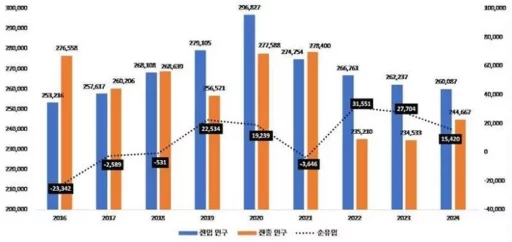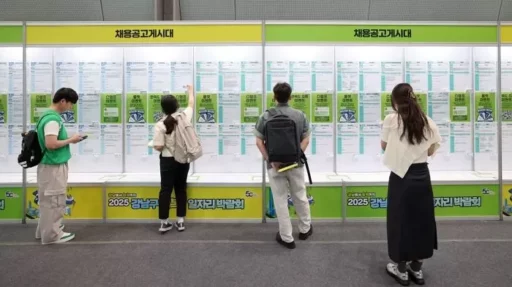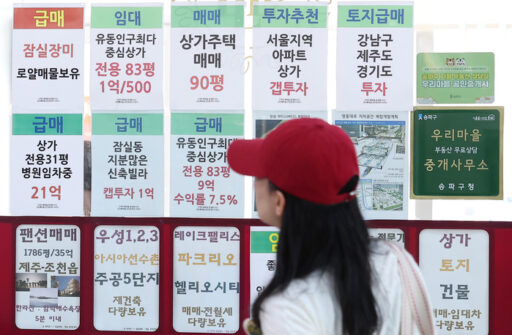| Decreasing Trend in Youth Population in Seoul, However, Influx from Other Regions is Rising
| Decreasing Trend in Youth Population in Seoul, However, Influx from Other Regions is Rising
According to the 'Seoul Youth Statistics (2023)' released by the Seoul Metropolitan Government on the 25th, the youth population (ages 19-39) residing in Seoul accounts for 30.5% of the total population of the city.
This statistical data is the first comprehensive analysis combining 17 existing statistics including registered population, National Pension, Private School Pension, and Health Insurance, providing a holistic view of youth demographic trends, living conditions, and job status.

As of 2023, the youth population in Seoul is estimated to be 2.86 million. This figure has seen a continuous decline from 3.18 million (32.1%) in 2016, dropping to 31.3% in 2020 and further to 30.5% in 2023. However, the influx of youth population from other regions to Seoul is on the rise. The net influx of youth to Seoul was 31,551 in 2022, 27,704 in 2023, and projected at 15,420 in 2024, indicating a sustained 'net influx' trend where more youth are moving into the city than leaving for three consecutive years. The increase in the youth population from other regions to Seoul is noteworthy.
| Changes in Youth Living Conditions and Increase in Single-Person Households
| Changes in Youth Living Conditions and Increase in Single-Person Households
Examining the reasons for the migration of youth to Seoul, 46.4% responded that it was for 'employment'. This was followed by 'family' (18.7%) and 'education' (15.2%).
A significant change is the surge in single-person households among the youth. The proportion of single-person households among youth increased from 51.26% in 2016 to 64.48% in 2022, marking a rise of 13.22 percentage points. Notably, the rate for young women living alone (70%) is over 10 percentage points higher than that for young men living alone (59%).
Changes can also be observed in living arrangements. Four out of ten young households live in small housing units of less than 50㎡, and 44.21% of housing units owned by young household heads have a land area of less than 50㎡.

This rate has increased from 32% in 2016 to 44% in 2022, showing an approximate rise of 11 percentage points over six years.
Between 2016 and 2022, the types of housing occupied by young household heads saw a decline in apartments (from 29% to 26%) and standalone houses (from 33% to 28%), while non-typical housing forms like officetels increased from 11% to 18%. This suggests a general deterioration of living conditions for youth in Seoul.
| Youth Employment Status and Policy Direction
| Youth Employment Status and Policy Direction
As of 2023, the economically active youth population in Seoul is 2.08 million, with 1.98 million of them employed.

The Seoul Metropolitan Government stated, "Although the economically active youth population and employment figures decreased during the COVID-19 pandemic, they are showing signs of recovery to previous levels recently."
Looking at the working environment for youth in Seoul, the largest share works in corporate entities (58.0%), with a significant number of young people employed in companies with over 300 employees (39.9%).
Kang Ok-hyun, Director of the Digital City Bureau of Seoul, stated, "We will use this data, which was analyzed based on various aspects of youth life such as housing, employment, and health, as foundational material for policy development and will more precisely identify and implement the necessary policies and programs for the youth."
Image Source: Seoul Metropolitan Government, material photo for understanding the article / gettyimagesbank, on the 5th, job seekers look at job postings at the 2025 Gangnam Job Fair held at Coex, Gangnam-gu. / News1

![[Breaking News] Minister of Justice Lee Jin-soo, Minister of Industry Lee Ho-hyun, Minister of Science Ryu Je-myung… President Lee carries out additional vice minister appointments.](https://wordkorean.com/wp-content/uploads/2025/06/thumbnail-869.webp)
